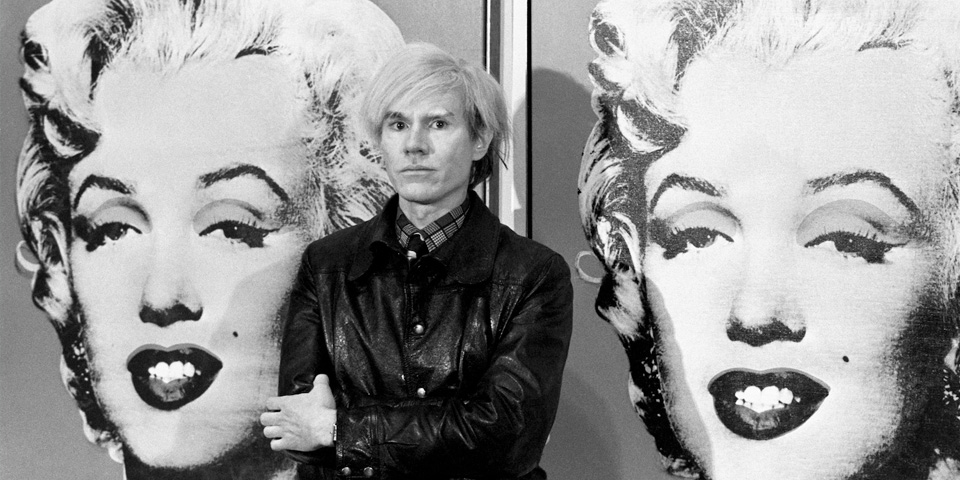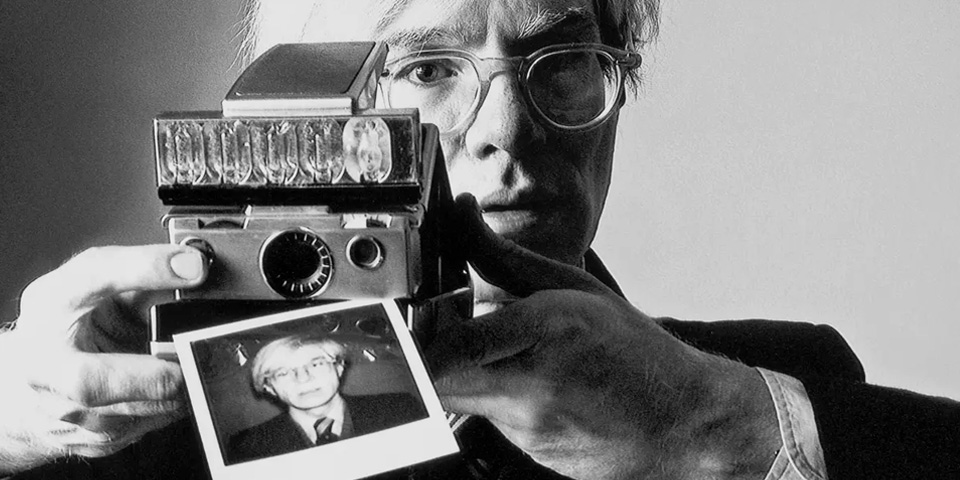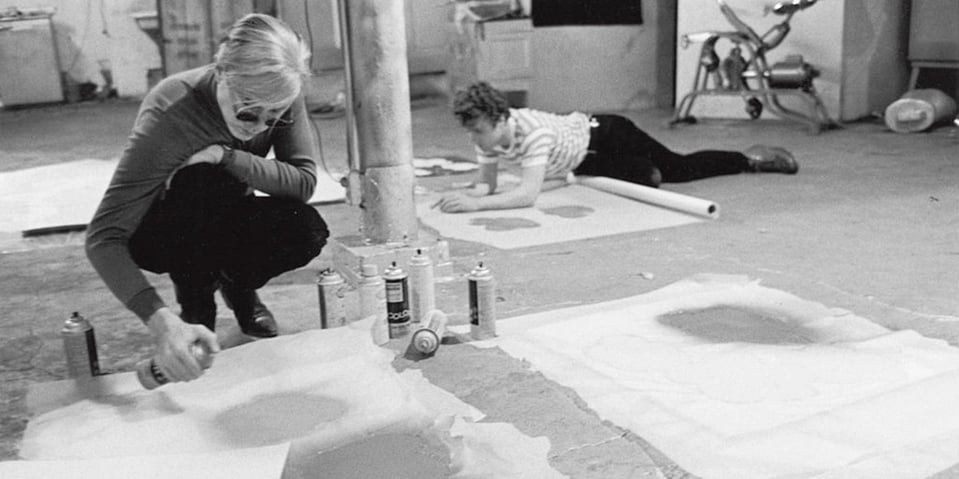The Story of Charles Darwin: Chapter I A light rustle was enough to wake him. He instantly sat up,...
What makes Andy Warhol an art collector's favourite?
What price would you pay for true artistic genius?

One collector felt £157.9 million was reasonable when, last year, they made Andy Warhol’s ‘Sage Shot Blue Marilyn’ the most expensive piece of 20th century art ever sold. It is a reflection of his continued commercial and critical success - from his ‘Green Coca-Cola Bottles’ to his ‘Campbell’s Soup Cans’, Warhol’s name has been synonymous with contemporary art for decades. Understandably, this has meant his works have been popular crowd-pullers on the secondary market, with the number of auction pieces offered and sold particularly increasing during the pandemic. In 2021, Warhol’s auction turnover reportedly reached £282 million, with approximately 1,600 works selling worldwide.
So, why is it that people are still drawn to Warhol?
Art imitating life

Warhol looked to the world around him for inspiration, so his art often reflects issues of great relevance. His work achieved notoriety in the 1960s, where it served as a powerful and honest, yet subtle, commentary on the sociopolitical climate at the time. For instance, Warhol’s famous 1962 series of Campbell’s soup cans drew attention to the then-growing force of consumerism. Warhol also challenged traditional notions of what art should be, by taking something as ordinary as a soup can and elevating it to the status of a work of art.
Another growing force in the sixties was the cult of celebrity, and Warhol was also obsessed with the notion of fame. Much of his work centres on well-known figures, including Marilyn Monroe, Elvis Presley, Liz Taylor and many more. Warhol even remarked that he wanted to be “as famous as the Queen of England” and was originally credited with saying: “In the future, everyone will be famous for 15 minutes of fame’ - though the true origin of this quote is now disputed. Whether he said it or not though, the spirit of it (and the spirit at the heart of much of Warhol’s work) still rings true - with social media today offering everyone a chance to gain (and lose) fame faster than ever.
Portrait of the artist

Warhol was an enigmatic figure and (ironically for someone so keen on worldwide fame) rarely interacted with the media. In the interviews he did give, he would adopt different personas and share details of his idiosyncratic hobbies, such as collecting taxidermy and jam jars. This approach built a level of mystique that has sustained interest in him as a person, just as much as in his art. Today, nearly four decades after his death, he continues to be the focus of several books, films and documentaries that dig deeper into the mystery and attempt to accurately capture who he was.
Embracing change
Warhol began his career as a commercial artist and he experimented with different techniques before eventually using specialised silk screen printing to produce his work. To highlight the growing influence of consumerism on the world of art, he also cleverly used the same techniques and styles as those used for commercial art in the advertising industry. His choice of techniques helped blur the lines between commercial art and fine art, calling into question the value of art in a consumerist society.
Warhol embraced the processes of commercial art to such an extent that he worked with a team of assistants at his studio, ‘The Factory’. This approach meant that he could produce prints at scale, much like… an actual factory.
Another factor that may have contributed to his commercial success, was Warhol’s flexibility as an artist. His ‘Marilyn Diptych’ - one of his most famous works - is made of two contrasting canvases of Marilyn Monroe displayed together. Warhol actually intended for them to be separate portraits, but combined them only after two collectors remarked how much they liked them together.
---
Warhol embraced the changing world of the 1960s and redefined what art was in this context. During his life, he was a master of anticipating the future; from developing new production processes to understanding the influence of celebrity culture - he always seemed to know what was coming next. It is perhaps this forward-looking element in his work, more than anything else, that continues to sustain his popularity today.




